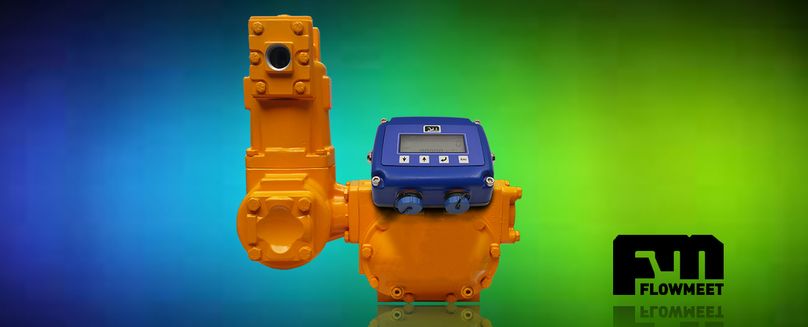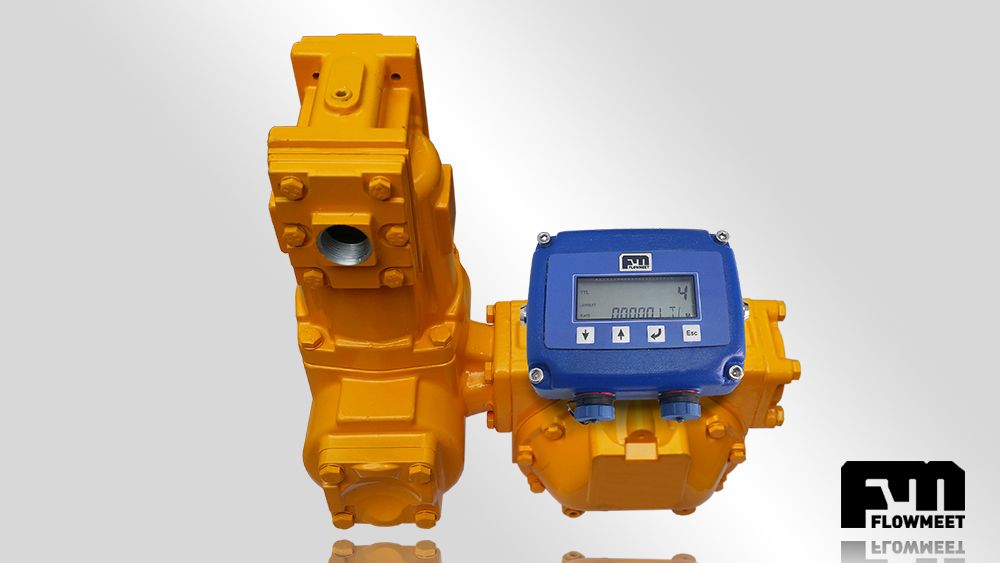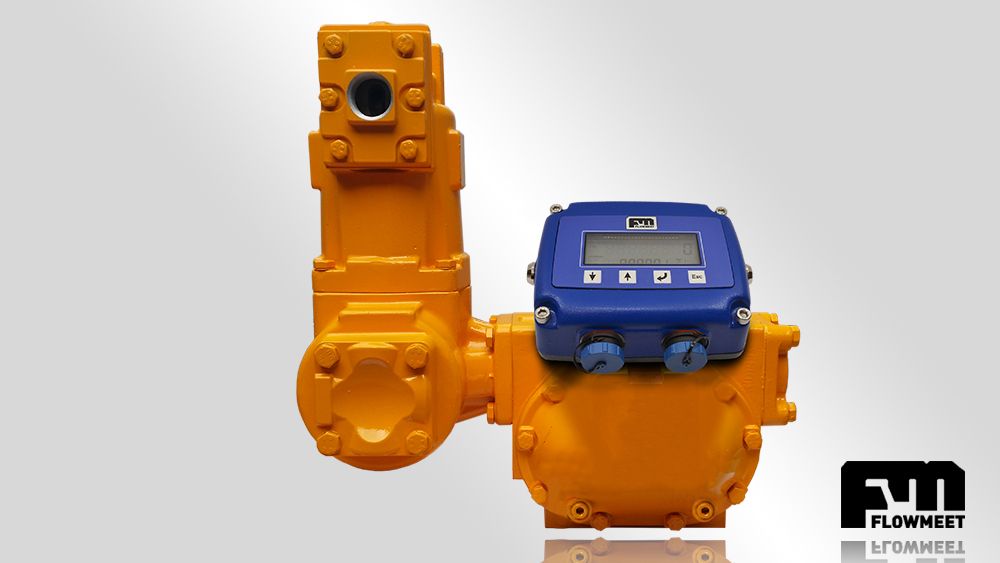
we think about measurement
Caudalímetros a Pistón Rotante Serie PR

Descargar Archivos:
FM-520 Manual de Usuario (SPA)
Los caudalímetros de pistón rotatorio FLOWMEET de la Serie PR tienen un rendimiento excepcional, especialmente en aplicaciones con aceites y combustibles. Son adecuados para plantas de proceso y se destacan por su mínimo error volumétrico (3 litros en 2000 litros), lo que los convierte en equipos con una precisión notable en el mercado. Son prácticamente libres de mantenimiento gracias a que sus partes móviles no tienen contacto metal-metal, lo que evita la degradación con el tiempo. Incluyen un desaireador incorporado y un filtro de malla, y están certificados como antiexplosivos para áreas clasificadas.
| 1 y 1/2" BSP | 2" BSP | 3" BSP | 4" BSP | 6" BSP |
| 10 | 10 | 10 | 10 | 10 |
| -40/70 | -40/70 | -40/70 | -40/70 | -40/70 |
| 25/250 | 38/550 | 75/1150 | 130/1700 | 300/3000 |
Información Técnica
- El equipo más preciso para este tipo de aplicación
- Desaireador incorporado (evita mediciones falsas debido a la presencia de aire)
- Filtro de malla (previene la entrada de sólidos o impurezas que podrían dañar el mecanismo del dispositivo)
- Error menor al 0.2% (3 litros en 2000 litros)
- Repetibilidad: mejor que 0.05%
- Bajo mantenimiento
- Pérdidas de presión muy bajas
- Presión hasta 10 bares
Aplicaciones
- Control de despacho y recepción de combustible.
- Medición de la producción de aceite comestible.
- Control del historial de consumo de aceite en motores y turbinas.
- Medición del volumen de transferencia de combustible.
Descripción del Producto
Se trata de un medidor de flujo de desplazamiento positivo para líquidos. El sensor principal tiene una carcasa con dos rotores de desplazamiento de pistón y un rotor de bloqueo central único, sincronizados a través de tres cavidades cilíndricas con contacto no metálico con el elemento de medición. Cada rotor está soportado en ambos extremos por una placa de rodamiento a través de la cual sobresalen los ejes del rotor. Los rotores de desplazamiento de pistón se mueven alternativamente a través de las dos cavidades semicilíndricas del elemento medidor, mientras que el rotor de bloqueo único gira dentro de su cavidad de tal manera que produce un sello capilar continuo entre el producto aguas arriba y el producto medido. En un extremo de cada eje del rotor hay un engranaje de sincronización. El engranaje del rotor de bloqueo, que tiene el doble de dientes que cada uno de los engranajes de los rotores de cambio, gira a la mitad de las RPM de los rotores de cambio.

